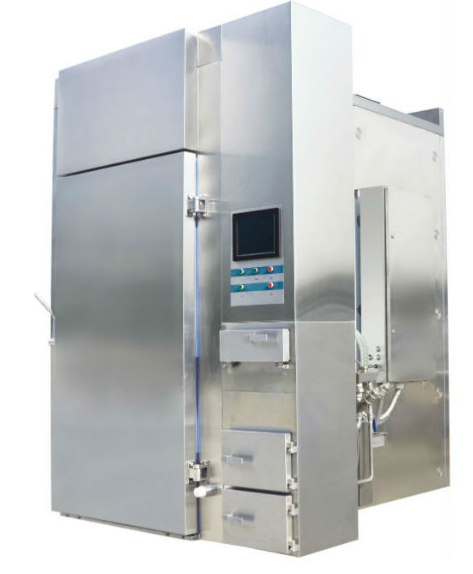
Aug . 06, 2024 05:22 Back to list
Exploring the Intricacies of Sausage Production and the Art of Tying in the Factory
The Art and Science of Tying in a Sausage Factory
In the bustling environment of a sausage factory, where the aroma of seasoned meats and spices fills the air, one of the most critical yet overlooked tasks is the art of tying. The process of tying sausages not only serves a functional purpose but also embodies centuries of tradition and craftsmanship. This article explores the significance, methods, and the evolution of tying in the sausage-making industry.
The Importance of Tying Sausages
Tying sausages is more than just a step in the production process; it is fundamental to the integrity and quality of the final product. Properly tied sausages maintain their shape during cooking, ensuring even heat distribution. If sausages are not adequately secured, they can split or burst, resulting in a loss of flavor and texture. The tying process also helps to contain the flavorful fillings within the casing, preventing leakage that might lead to uneven cooking and diminished taste.
Furthermore, the visual appeal of sausages plays a significant role in their marketability. Well-tied sausages exhibit a uniform appearance that is pleasing to the eye, enticing consumers to purchase them. In a market where looks can be as important as taste, the aesthetic quality of the sausage is enhanced significantly by skilled tying.
Traditional vs
. Modern TechniquesTraditionally, sausage tying involved hand-tying with natural twine, a practice that dates back hundreds of years. Craftsmen and women would tie each sausage link meticulously, ensuring that each knot was secure yet delicate enough not to break the casing. This labor-intensive method signifies a deep connection to heritage and the artisanal nature of food production.
tying sausage factory

However, as technology advances, many factories have adopted modern tying machines to increase efficiency and output. These machines utilize automated systems that can tie sausages at a much faster rate than human hands could manage. While this method significantly boosts production, it does raise questions about the loss of traditional craftsmanship and the potential impact on quality. Balancing efficiency with quality has become a crucial challenge for modern sausage producers.
The Evolution of Tying in Sausage Production
The evolution of sausage tying reflects broader trends in the food industry. In recent years, there has been a resurgence of interest in artisanal and locally produced foods. Consumers are increasingly seeking out products that are crafted with care and attention to detail. This shift has prompted some manufacturers to return to traditional tying methods, emphasizing quality and craftsmanship over sheer volume.
Moreover, the push for sustainability has led to innovations in tying materials. As environmental concerns grow, manufacturers are exploring biodegradable and eco-friendly twine alternatives, aligning the practices of sausage production with modern ethical standards. This evolution not only represents a commitment to the environment but also appeals to a growing consumer base that values sustainability.
Conclusion
Tying in a sausage factory may appear to be a simple task, but it is steeped in tradition, skill, and significance. The careful art of tying affects the quality, aesthetic, and marketability of sausages. As the industry continues to evolve, this age-old practice adapts to meet the demands of modern consumers while preserving its artisanal roots. In a world that often prioritizes speed over quality, the importance of skilled sausage tying remains a testament to the dedication of those who continue to uphold the craft. Whether through traditional methods or innovative approaches, the essence of tying sausages will always be a vital part of the culinary landscape.